Leaked over the weekend, the Toyota C-HR has finally been unveiled at the 2016 Geneva Motor Show today. This is the world’s largest carmaker’s entry into the burgeoning B-segment crossover market, designed to take the reigning Honda HR-V head-on for class honours.
As astonishing as it is, the C-HR – for Coupe High Rider – looks very similar to the striking concepts shown at Paris 2014 and Frankfurt 2015, albeit slightly toned down. The slim grille blending into the large headlight clusters (full-LED units with light guides and sequential indicators), strong haunches, tiny side windows and C-shaped tail lights (LED lighting optional) are all present and accounted for.
As hinted by the Frankfurt concept, the C-HR is a five-door vehicle, although it doesn’t look it from some angles – like the HR-V, the C-HR has hidden rear door handles, mounted high up on the trailing edges of the doors. Designed at the Calty design studio in California, the car is built on the modular Toyota New Global Architecture (TNGA), the second vehicle to be built on the platform after the new Prius.
Measuring 4,350 mm long, 1,795 mm wide and 1,550 mm tall, with a wheelbase of 2,640 mm, the C-HR is 56 mm longer, 23 mm wider and 55 mm lower than the HR-V; its wheelbase is also 30 mm longer than its rival. Vis-à-vis the Mazda CX-3, the Toyota is 75 mm longer, 30 mm wider and 15 mm taller, with a wheelbase some 70 mm longer.
The driving dynamics are said to be a match for the precision and control of a modern C-segment hatch thanks to the new platform’s refinement and low centre of gravity, allowing the C-HR to “carry its speed through corners with excellent body control and steering fluidity.”
Three powertrains will be available for the C-HR, including a hybrid version likely derived from the new Prius – it delivers 122 PS and incorporates a 1.8 litre engine with a record maximum thermal efficiency of 40%, the same claimed for the Prius. Carbon dioxide emissions is quoted at under 90 grams per kilometre.
Also available is the 8NR-FTS 1.2 litre turbo four-pot introduced on the facelifted Auris, delivering 115 PS from 5,200 to 5,600rpm and 185Nm between 1,500 and 4,000rpm. It is mated to either a six-speed manual transmission or a CVT, the latter offered with either two- or four-wheel drive.
A 2.0 litre CVT variant, possibly fitted with the same 147 PS/187 Nm 2.0 litre Dual VVT-i four-pot as the Corolla Altis, will also be available in certain markets – will this be what we are getting, to take on the 1.8 litre HR-V and the 2.0 litre CX-3?
Looking to sell your car? Sell it with Carro.

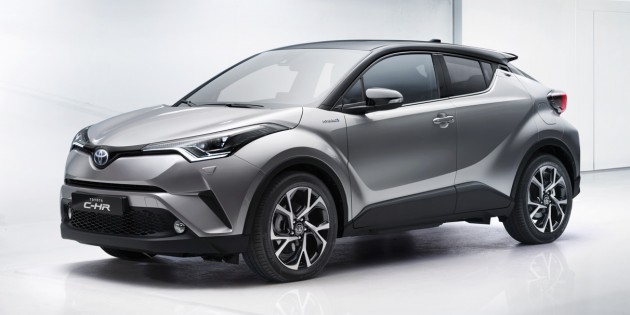
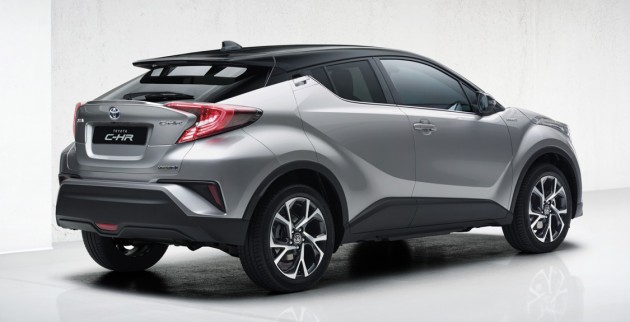

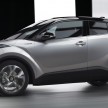


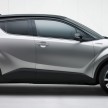



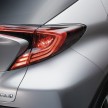


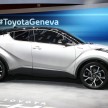
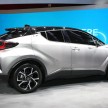




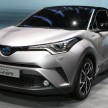



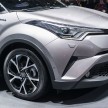




























AI-generated Summary ✨
The comments show strong admiration for the Toyota C-HR's stylish and modern design, with many users noting it is more attractive and futuristic than the Honda HR-V. Some express excitement about its potential performance and appearance, mentioning the Lexus-inspired look and bold exterior. Price expectations hover around RM120k to RM200k, with concerns about pricing and features in Malaysia. A few comments compare it favorably to other crossovers like the Mazda CX-3, Nissan Juke, and Subaru XV, emphasizing its unique design and potential sales appeal. There are also some doubts about interior details and availability, but overall, the sentiment is positive, viewing the C-HR as a significant and appealing addition to the compact SUV segment.